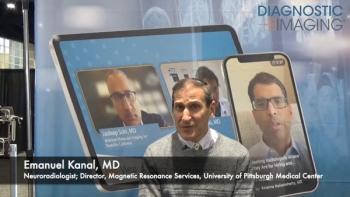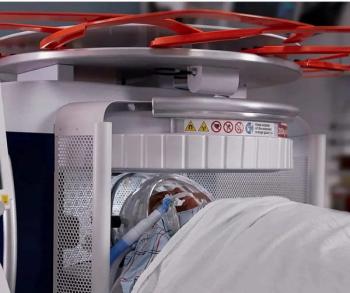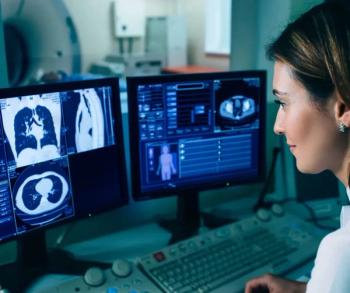
Automated, Clinical BI-RADS Equal in Predicting Interval, Screen-Detected Breast Cancer Risk
Either automated or clinical BI-RADS may be used to inform women of their breast density.
Automated and clinical BI-RADS density are equal in predicting interval and screen-detected cancer risk, according to a study published in the
Researchers from California, Minnesota, New Mexico and Hawaii sought to determine if breast cancer risk and detection were similar for automated and clinical BI-RADS density measures.
The study included 1,609 women with screen-detected cancer, 351 women with interval invasive cancer, and 4,409 matched control participants. All underwent automated and clinical BI-RADS density assessed on digital mammography at two time points from September 2006 to October 2014, interval and screen-detected breast cancer risk, and mammography sensitivity.
The results showed women whose breast density was categorized by automated BI-RADS more than 6 months to 5 years before diagnosis, those with extremely dense breasts had a 5.65-fold higher interval cancer risk and a 1.43-fold higher screen-detected risk than women with scattered fibroglandular densities. Associations of interval and screen-detected cancer with clinical BI-RADS density were similar to those with automated BI-RADS density, regardless of whether density was measured more than six months to less than two years or two to five years before diagnosis.
Automated and clinical BI-RADS density measures had similar discriminatory accuracy, which was higher for interval than screen-detected cancer. Mammography sensitivity was similar for automated and clinical BI-RADS categories:
Automated Clinical/BI-RADS
- Fatty 93% automated/92% BI-RADS
- Scattered fibroglandular densities 90%/90%
- Heterogeneously dense 82%/78%
- Extremely dense 63%/64%
The authors pointed out that neither automated nor clinical BI-RADS density was assessed on tomosynthesis.
Newsletter
Stay at the forefront of radiology with the Diagnostic Imaging newsletter, delivering the latest news, clinical insights, and imaging advancements for today’s radiologists.




























